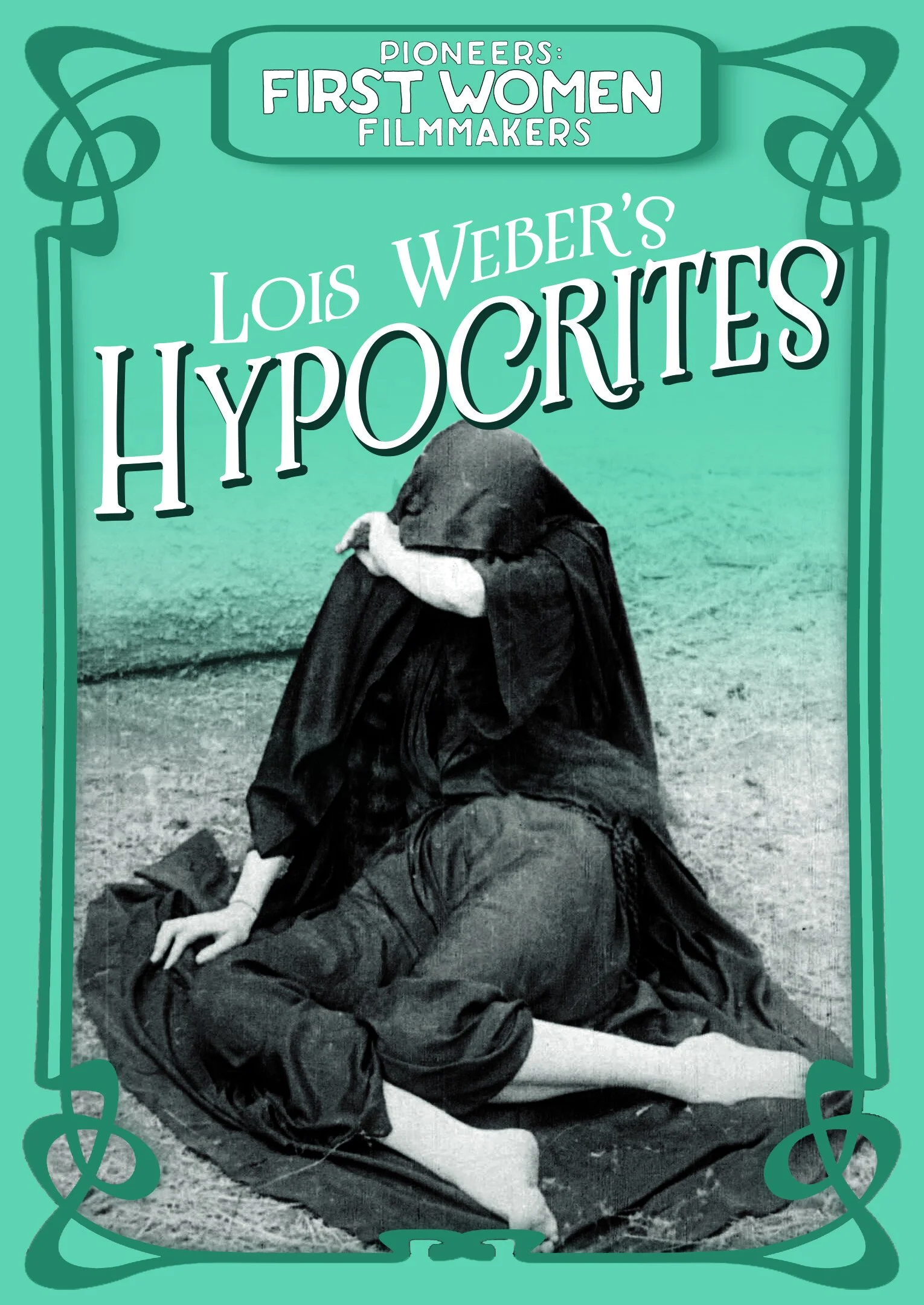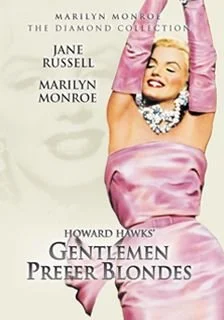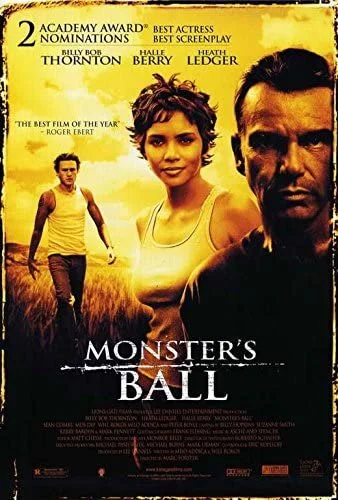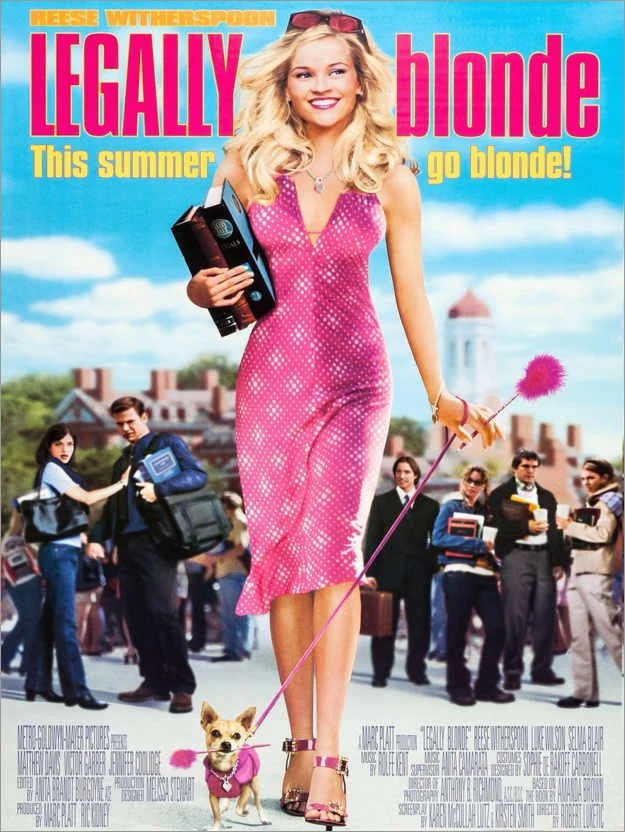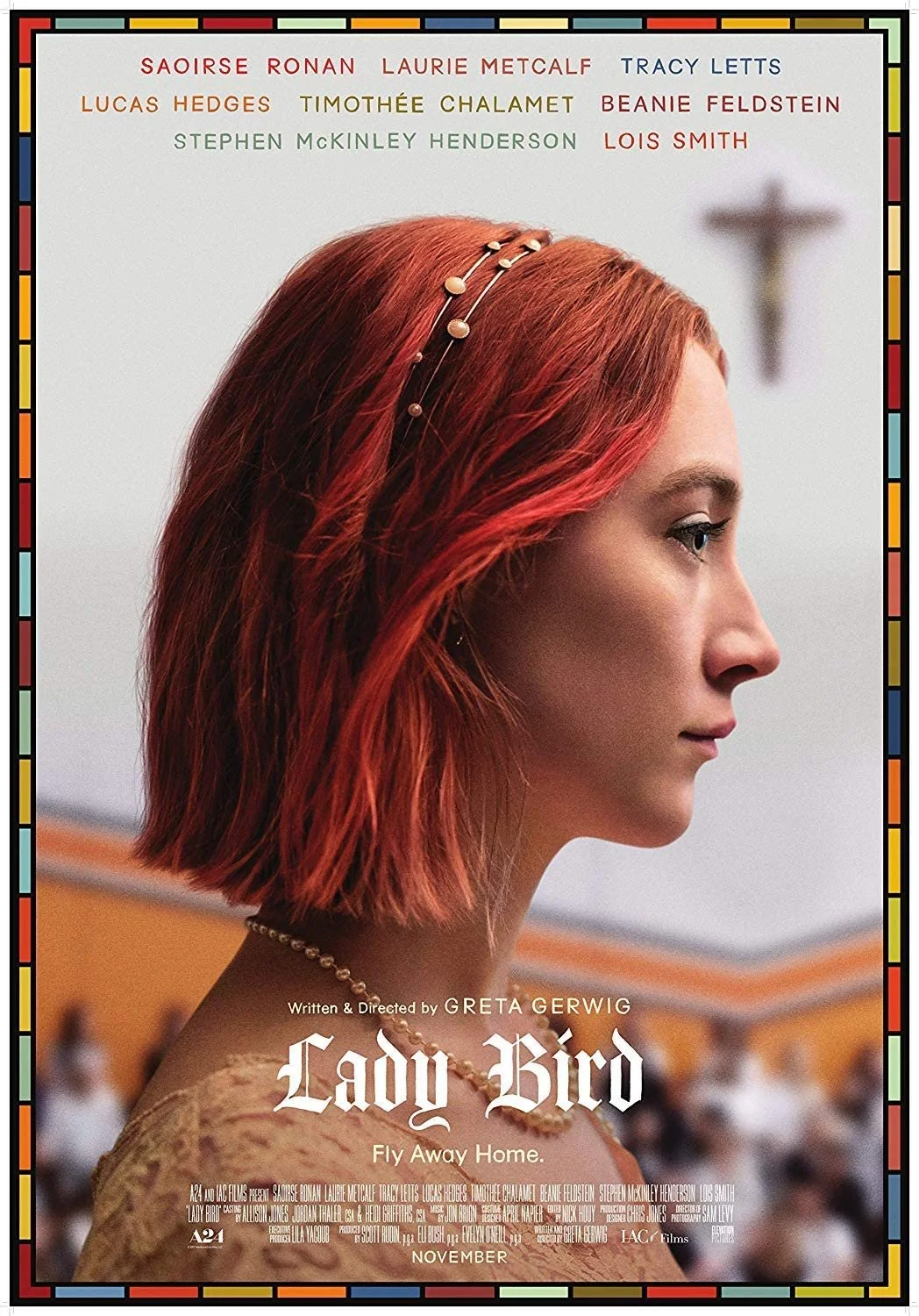First Wave feminism focused primarily on winning the right to vote. It began with the Seneca Falls convention in July 1848, organized to affirm that women deserved equal rights to men, most notably, the right to vote. Early feminism was linked to abolitionism, but after the 15th Amendment was passed, many white women began to resent Black men because they won the right to vote first. Additionally, women’s suffrage excluded women of color. Although white women were able to vote after the 19th amendment was passed, women of color faced many obstacles until the Voting Rights Act was passed in 1965. During the first wave, women were often demonized by the male-owned media, stereotypes that exist to this day. Early feminist organizations created their own newspapers to raise awareness and spread their ideas without the distortion of the other media.
Second wave feminism emerged with the Civil Rights Movement and protests against the Vietnam war. It centered on the rejection of traditional gender roles which trapped women, and an end to discrimination on the basis of sex, pushing for political reform. This movement advocated ‘Women’s liberation’, spearheaded by the radical new generation. During this wave, the equal pay act was passed, and so was Roe v. Wade, a landmark protection of women’s bodily autonomy. This wave still centered around privileged white women, though women of color formed their own organizations like the National Black Feminist Organization (NBFO). The movement lost momentum with extreme backlash from conservatives, the election of Ronald Reagan.
Third wave feminism, beginning in the 90s, was more pop-culture centered, focusing on shifting the social psyche rather than pushing a political agenda. Some goals were to end workplace sexual harassment and increase the presence of women in positions of power. This wave also embraced so-called ‘Girly Feminism’, discouraging women from giving up traditionally feminine styles to succeed in male-dominated spaces, unlike their predecessors who used ‘masculine’ clothing to be taken seriously. The goal of this was to show that femininity and intellect were not mutually exclusive. Another major development in the movement was the recognition of intersectionality, ensuring that the feminist movement was not harming other marginalized communities, thus recognizing the errors of the past waves. Third wave feminists advocated sexuality and individuality, revolting against the power structures rather than trying to reform them. It was no longer enough to work within the rules, they had to be broken.
Many people argue that the current wave of feminism is a continuation of the third wave, the popularization the internet and social media has fundamentally changed the spread of ideas. Movements like the MeToo movement and TimesUp have continued tackling systematic sexism with intersectionality. This wave has focused on fundamental systematic change to lift women’s voices and dismantling the patriarchy especially in the workplace.
A History of Feminism in Film
The film industry began in the 1890s, settling in California in 1910. At its onset, film was a developing media. Filmmakers were experimenting, and public opinion was undecided. Film companies hired whoever could do the job, opening many positions for women. Women built sets, performed stunts, wrote, edited, and eventually directed movies, outnumbering men by as much as 10:1. Through these laborious jobs, women broke classical gender norms. This was compounded by the suffrage movement and its rejection of classical female norms. Soon, moviegoing became a popular pastime, and companies began to cater to their audiences, a majority of whom were female. In fact, by 1920, 80% of moviegoers were female. Women created films that were relevant to the audiences, like advocating suffrage. Successful women were able to climb the corporate ladder, starting their own independent film companies, and continuing to produce film especially relevant to their female audience. Film became an integral part of American culture, meaning women were no longer necessary to project the image of respectability. Along with the introduction of sound, women were pushed out of the industry as film companies reorganized into the hierarchical department system and workers joined unions that did not accept women.
The end of WWII had forced many women out of the workforce as their husbands returned and they were expected to return to homemaking. Through the past few decades, women had been able to break into the film industry as costume and set designers, jobs that could be considered womanly. Some women were also screenwriters, often highlighting issues like reproductive rights and race. Female actors were exclusively signed to mega-studios (these companies had put independent women’s studios out of business with their monopolies on theaters). Although they were massively famous, actresses did not have control over the types of roles they played, and were often stuck in typecast, one-dimensional roles, frustrated at the lack of range they were offered. The breakup of the studio system in the 40s took women’s job security as they were no longer assigned to a specific department or signed to a studio that provided roles for them.
Although the fall of the department model impacted women’s job security, it also reopened the industry. Similar to the inception of the film industry, women wore many hats, doing things like writing, directing, and producing, again, often raising awareness for feminist issues and highlighting the female experience. Film institutions like the Academy began recognizing female excellence. These films were well received by the public, and the financial successes through the 80s propelled women into leadership positions, like Sherry Lansing who became the president of 20th Century Fox. This impacted the foundations of the industry and opened the male-dominated industry to more female creatives. The 2000s opened more doors for women of color as Halle Berry won an Oscar for Best Actress for the movie Monster Ball.
Independent film companies have made more room for many different kinds of films, and although women are still outnumbered in the film industry, we have made immense progress. In recent film history, we have seen more complex female characters, and stories like Ladybird portraying female relationships and experiences, both of which have been overlooked in the past. Systematic change, like the #MeToo movement have contributed to opening the industry to women by making the film industry safer and more equitable.
Sources:
https://www.refinery29.com/en-us/2019/12/8901028/ladies-first-women-in-hollywood-history
https://thehelm.co/hollywood-herstory-book/

